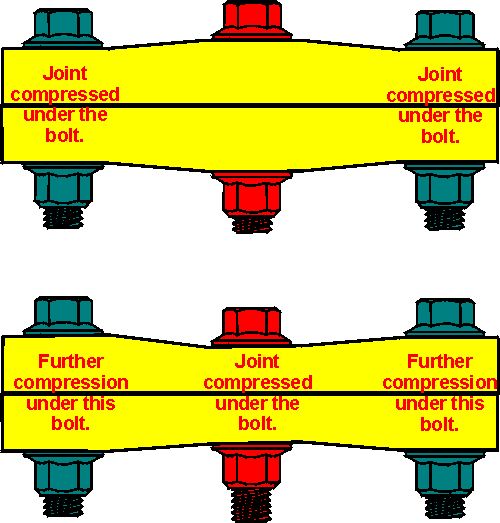Tightening
When you’re screwing two things together, you could tighten one to the limit, and then start the others, but that’s not the best way to do it. Instead you should screw one in most of the way, then “catch up” all the others, then keep going around making small adjustments until they’re all tight.

This is a statement of interdependence. Tightening one screw all the way on its own might change the angle, or might compress the material. There is an iteration that is necessary, cycling through different “workstreams” and making sure each learns from the last few passes. Many processes are like this.
For example, if you are writing code and accompanying documentation, you typically don’t start with one and then start the other. You might make an outline of the documentation, then sketch out the necessary code, then go back and fill in more details in the docs.
Work-planning tooling doesn’t often account for this: either this would get lumped together into one “task” or split into two, maybe with dependencies.
When the task is more complicated, you need to make progress in particular sequences. This is hard to make legible, but “from the inside” you often know what is the next step you need to take.

The images in this post are from this page.